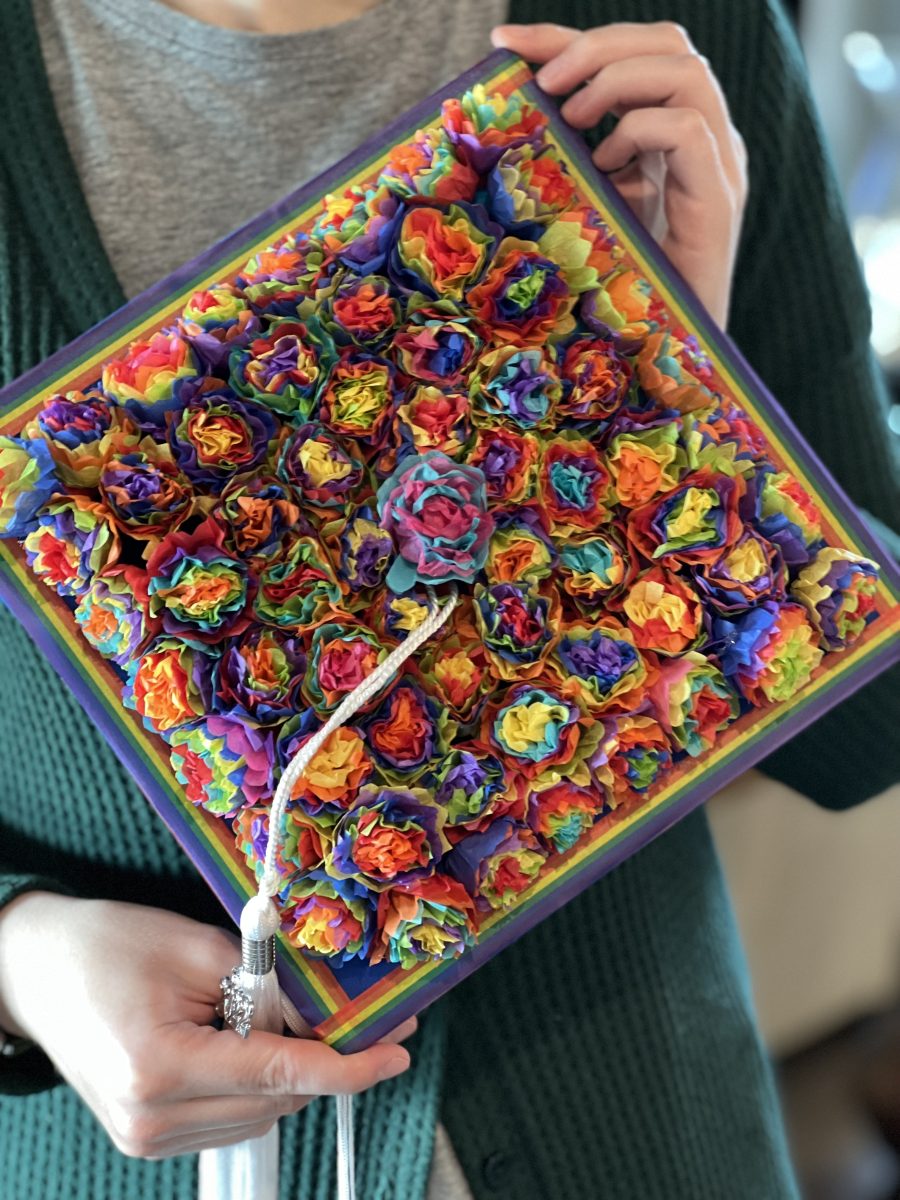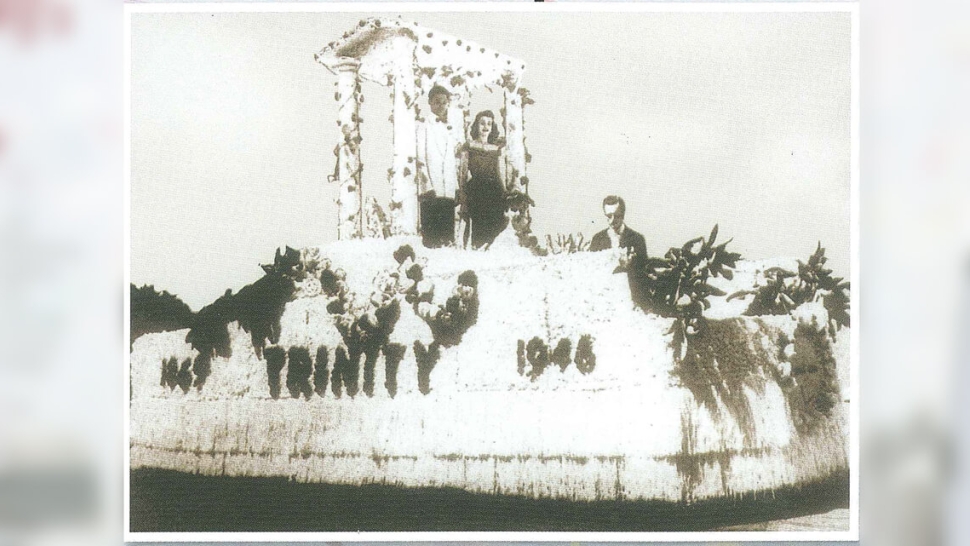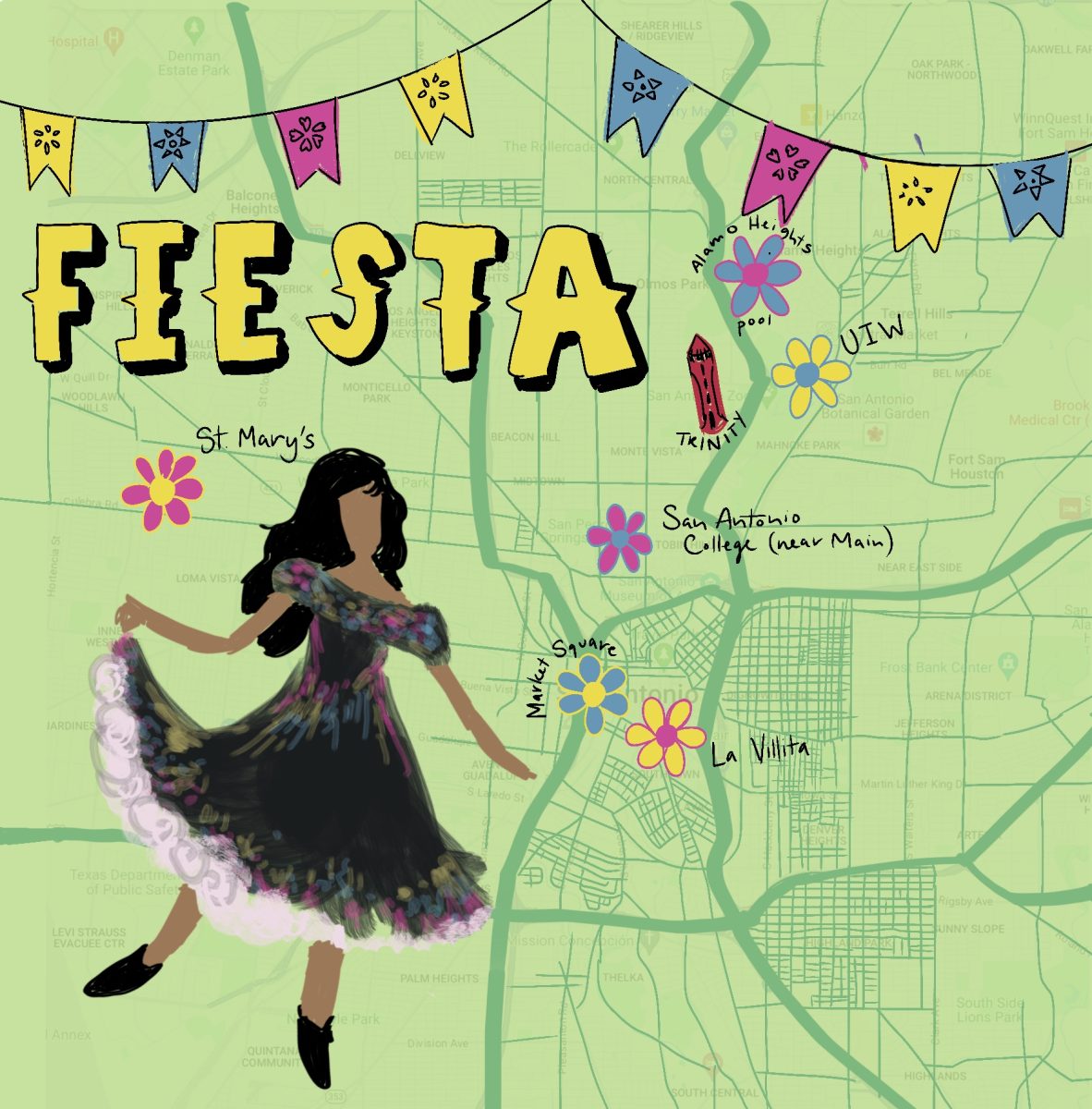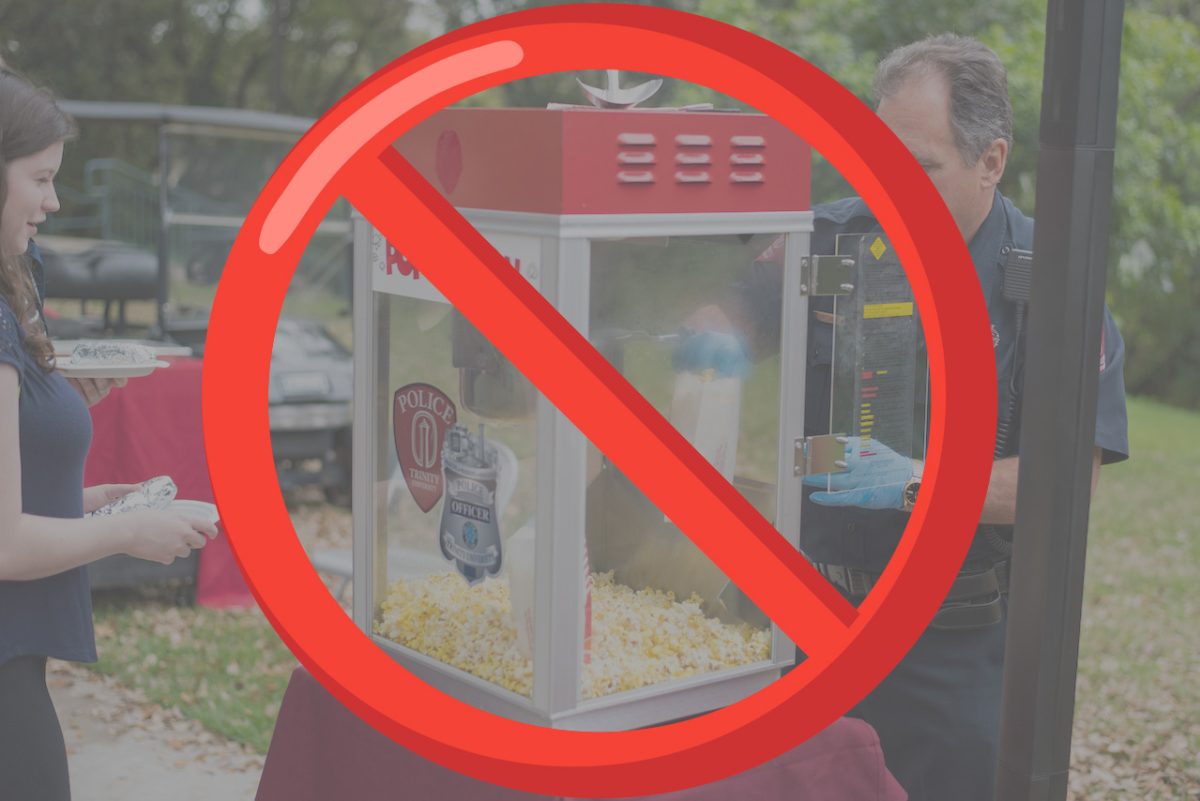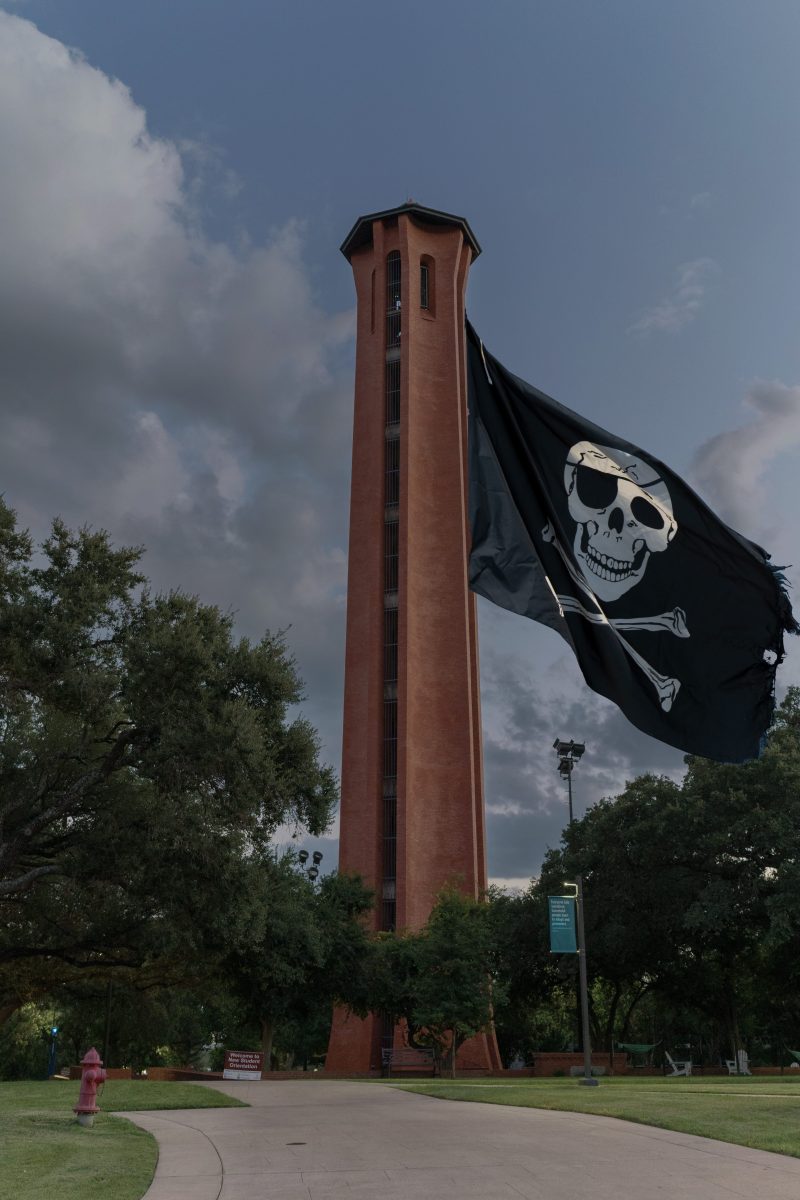illustration by Gabrielle Rodriguez
Halloween comes with a plethora of wacky, unquestioned, and intriguing traditions. To think there is a worldwide acknowledgment and participation of a day dedicated to dressing up as anything you want to be and going door-to-door collecting candy from strangers is fascinating on many levels.
Halloween dates back to the ancient Celtic festival of Samhain which celebrated the end of the harvest and the start of a new year. On October 31, many, especially Celtic priests, would light sacred bonfires, burn sacrificial crops and animals, and wear animal skin costumes since it was believed otherworldly spirits returned to Earth during this changeover. In these costumes, many would go door-to-door reciting verses in exchange for food — a custom known as mumming or guising and a precedent for what we now know as trick-or-treating. For the Celts, these liminal spaces, which fused the spiritual and material world, enabled communication with spirits and were paramount to prophesying how the upcoming winter was going to pan out.
When the Roman Empire conquered the Celtic territory, many Roman festivals and traditions merged with Samhain. The Roman festival Feralia was the last day of Parentalia, a nine-day festival hosted to honor the dead through spiritual offerings. We mainly know about the existence of these festivals and cultural fusions thanks to Roman poet Ovid. Another Roman festival, Lemuria, which was celebrated on three odd-numbered days — since even days were seen as unlucky — was hosted to honor lemurs, meaning those who died of violent causes. Ovid even spoke of the use of black beans as a method to lure unwelcome spirits away.
Once Christianity seeped into the Roman Empire and became the official religion, the Catholic Church began to modify their own celebrations with the aforementioned Pagan traditions. In 609 A.D, Pope Boniface IV redefined the Roman Patheon to honor all Christian martyrs alongside Roman gods. He also designated the final day of Lemuria, May 13, as the All Martyrs Feast Day. In the 7th century, by means of religious syncretism, Pope Gregory IV moved the feast day to November 1. The Catholic Church’s need to move away from long-practiced Pagan Celtic practices influenced the establishment of a more church-centered celebration which led to the creation of a three-day holiday: All Saints’ Eve or All Hallows’ Eve on October 31 (meant to honor the dead), All Saints’ Day or All Hallows’ Day on November 1st (meant to honor saints and martyrs), and All Souls’ Day on November 2 (meant to honor the souls of the dead).
During medieval Britain and Ireland on All Hallows’ Eve, the poor would go door-to-door requesting alms and “soul cakes” — spiced cakes meant to represent a soul in Purgatory — in exchange for a promise to pray for the souls of the dead relatives of the soul cake gifter. Many practices and traditions from Sahmain remained present.
Due to the rigidity of Protestantism in colonial North America, Halloween was rarely celebrated accurately; the first celebrations consisted of “play parties” where many would celebrate the harvest, share some spooky stories and tell some fortunes. Halloween didn’t gain national traction until the second half of the 19th century where there was a rise in Irish immigration due to the Potato Famine. The Irish introduced the customs of souling and guising and Americans began to adopt their own “trick-or-treat” practices which saw a more light-hearted and commercialised approach.
Modern Americans adopted many Halloween traditions, such as carving jack-o’-lanterns (which stems from a slightly disturbing Irish myth) and bobbing for apples (which stems from a Roman harvest festival honoring Pomona, the goddess of fruit and orchards). However, Halloween had a relatively morally shaky start, especially during the 20s and 30s. The youth saw Halloween as an opportunity for justified vandalism, violence, and theft. Fortunately, this drive for mischief did not last long and was halted due to the Second World War where sugar supplies decreased. Postwar Halloween traditions led to a candy craze and a spike in Halloween related fields, such as costumes, horror movies, and haunted houses.
Astonishingly, cultures have their own interpretation on how to honor the dead. In Ireland and Scotland, Samhain is still celebrated. In Mexico, El Dia de Los Muertos (Day of the Dead) is a two-day holiday that aligns with All Saints’ and All Souls’ Day. In India, Pitru Paksha is a 16-day celebration comprised of many extensive and sacred rituals.
A tradition with religious and sacred backbones, Halloween has evolved into an unofficial holiday that has allowed millions to let loose, experience a sugar rush, and collectively scram for last minute costumes.


